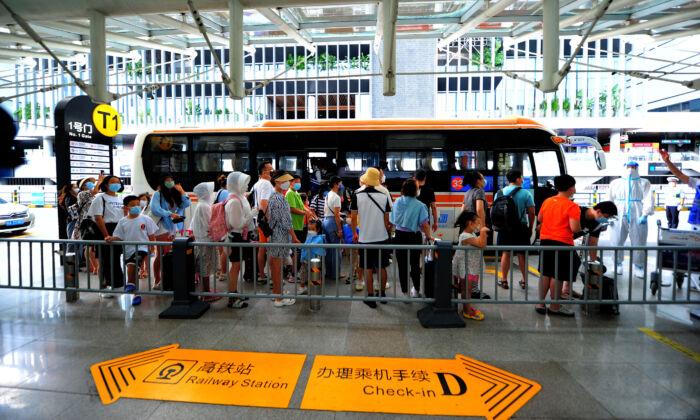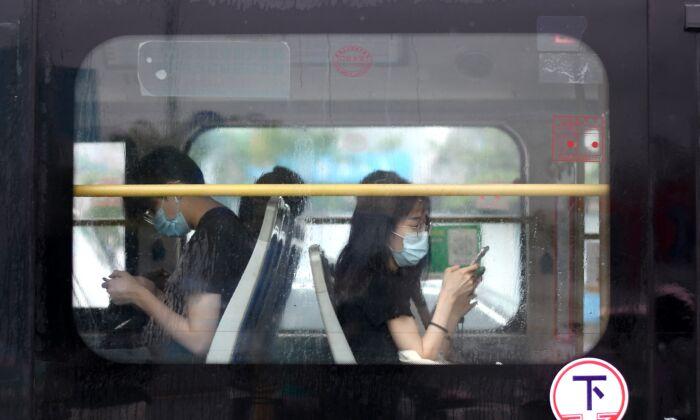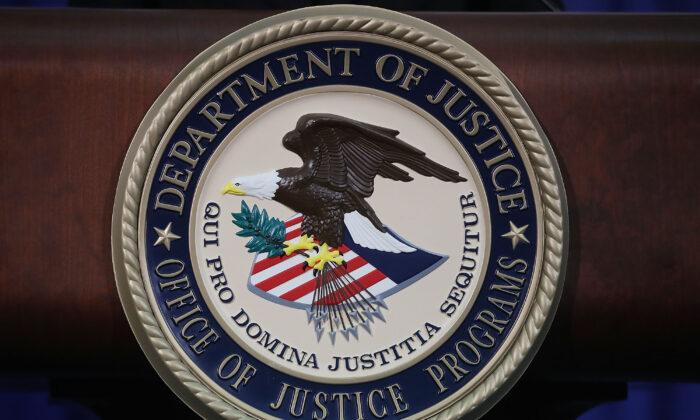Over 200 foreign athletes, officials, and related personnel who went to China for the Winter Olympics have been isolated by the Chinese regime on Feb. 1. There’s little chance that these people can attend the Games due to Beijing’s “COVID-Zero” policy.
Beijing tests all athletes, officials, and related personnel every day, according to the regime’s police. If the test result is positive, the person will be separated from others immediately. Ones with COVID-19 symptoms will be sent to a hospital and asymptomatic ones will be sent to a quarantine center. The athletes under quarantine are only allowed to compete in the Games after getting two consecutive negative test results in 24 hours.
The 2022 Winter Olympics’ opening will be held on Feb. 4.
On Feb. 1, the Beijing 2022 Organising Committee announced that 8,107 athletes, officials, and related personnel entered China from Jan. 23 to Jan. 31. Of those, 200 or 2.5 percent tested positive for COVID-19 at the airport or in the “closed-loop” bubble, which is the area that separates the event personnel from Beijing residents.
According to China’s COVID-19 policy, nobody can take a flight to Beijing without a negative COVID-19 test result that was taken within 48 hours. In the past weeks, Beijing kept on reporting newly diagnosed local COVID-19 patients, which the regime claims have no connection with Olympians.

Isolated Athletes and Officials
On Jan. 29, Poland’s medal hopeful speedskater Natalia Maliszewska tested positive and was sent to isolation.The 500 meter speed skate will start on Feb. 5, and Maliszewska is in a race against time to win the opportunity to compete.
The Polish Olympic Committee said on Jan. 30 that eight Polish athletes had tested positive and were put into isolation, which include Maliszewska’s three fellow speedskaters Natalia Czerwonka, Magdalena Czyszczon, and Marek Kania.
The Australian Olympic Committee stated on Sunday that one member of its delegation had been put into isolation after having tested positive on arrival at Beijing’s airport. The member was tested again on Jan. 30 and received a negative result. The statement said: “The team member will now undergo a final test tomorrow, which if again negative, will allow the member to return to their usual routine.”
On Jan. 29, International Olympic Committee (IOC) Athletes’ Commission chair Emma Terho was put into isolation after testing positive for COVID-19 at the Beijing airport.

Beijing Outbreak
On Feb. 1, Beijing authorities announced newly diagnosed COVID-19 patients from Chaoyang and Fengtai districts in the city. This is the 16th consecutive day that the regime announced new local infections.These infected patients are from Haidian, Fangshan, Xicheng, Daxing, Chaoyang, and Fengtai districts.
The regime locked down residential compounds and moved COVID-19 patients’ close contacts to quarantine centers.
A young man surnamed Li from Haidian district said in a phone interview on Jan. 27 that the residential compound he lives in was locked down. “I don’t know what happened, and why we were locked down,” Li said. “I was asked to stay at home.”





